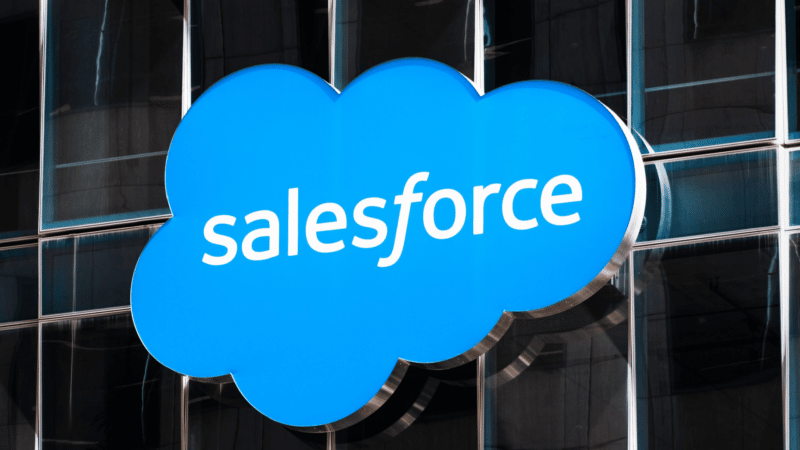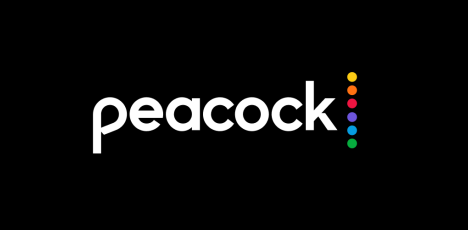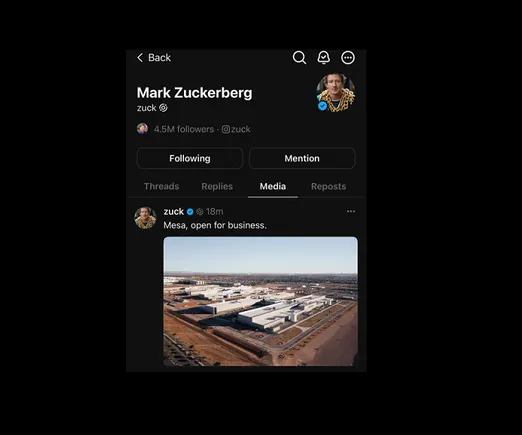More than half of the marketing technology used by small and medium-sized businesses (SMBs) is redundant, according to a new survey.
This redundancy is expensive and inefficient. SMBs spend approximately $43,500 annually on martech it seldom uses, according to the report by Capterra, an online marketplace for business technology. Some 39% of marketers in these companies say they spend more time on tasks because of martech, which performs identical or overlapping functions.
Why we care. Having a lot of unused martech means no one truly minds the stack. In addition to wasting money and time, interactions between programs can degrade performance. Furthermore, this can indicate a lack of focus and discipline in marketing overall. Are too many people using too many tools to pursue too many goals?
The problems this causes:
- 46% of marketers say they are spending too much time learning new technology
- 41% say time spent switching between applications adds to inefficiency
- 40% say that having so many unused features is causing workflow confusion
- 35% say they have problems accessing programs because of credentials or users levels
Dig deeper: My stack is bigger than your stack, so what?
ROI risk without returns. Nearly two-thirds (63%) of marketers surveyed say this redundant tech either has no impact or even has decreased their company’s technology ROI.
What’s causing it? The most common reason (51%) for all this redundancy is to support employee preferences. Other reasons: staying innovative (47%), being flexible in how they work (44%) and keeping up with competitors (39%).

Easy to add. Only 34% of SMB marketers say their company actively limits non-IT employees’ ability to adopt new software without approval. Also, 45% say any employee at their company can request their IT department to add new apps.
Hard to subtract. First, the good news: 84% say their companies conduct regular software audits. However, this doesn’t make getting rid of unwanted software any easier. Exactly half say they must consult with other business units to get rid of software that is no longer useful. Thirty-nine percent must also have internal stakeholders agree on whether an app should be retired.
Even when everyone agrees, 66% say it takes four months to a year to fully remove an application. Worse, only 26% say their company formally cancels service and/or payments with the software provider.
Get MarTech! Daily. Free. In your inbox.























































![A Visual Guide to TikTok Ads Manager [Infographic] A Visual Guide to TikTok Ads Manager [Infographic]](https://imgproxy.divecdn.com/9aaKOtRQYId9gEIRIiE2AgLnRsoeG1xVqz6aJuMegTo/g:ce/rs:fit:770:435/Z3M6Ly9kaXZlc2l0ZS1zdG9yYWdlL2RpdmVpbWFnZS90aWt0b2tfYWRfaW5mbzMucG5n.webp)

![The Social Media Funnel Explained [Infographic] The Social Media Funnel Explained [Infographic]](https://imgproxy.divecdn.com/6ikpva2mP7mvhaHG4yj_J6dzhXnEZMvZFDHDbI6Qucs/g:ce/rs:fit:770:435/Z3M6Ly9kaXZlc2l0ZS1zdG9yYWdlL2RpdmVpbWFnZS9zb2NpYWxfbWVkaWFfZnVubmVsX2luZm9ncmFwaGljMi5wbmc=.webp)










